Blake J. Harris’ book Console Wars, out tomorrow, takes readers behind enemy lines to meet the men and women who created the exciting and exceptionally bitter rivalry between Sega and Nintendo. Below is an excerpt from the book, which details a pivotal meeting that took place in the fall of 1990 between Sega’s board of directors (headed by Hayao Nakayama) and Sega of America’s EVP Shinobu Toyoda and its new CEO Tom Kalinske. At the time, Nintendo controlled over 90 per cent of the video game market.

Chapter 12: THE REVOLUTION WILL BE PIXELATED
Kalinske, with Toyoda by his side, stood in front of eighteen unimpressed Japanese men: Sega’s board of directors. The room was stuffy and claustrophobic, and the atmosphere inside it gave the impression that a bout of laughter might be punishable by death.
The only sympathetic face in the crowd belonged to Nakayama, though Kalinske noticed that in this context there was something different about his demeanor. Among the board members, he seemed less like an excitable and affable business visionary and more like a cheerfully cunning Machiavellian politician. Nevertheless, Nakayama’s presence was a relief. He was the man who had believed in Kalinske even before Kalinske believed in himself.
“Let us begin,” Nakayama said with a nod to Kalinske and then a briefer one to Toyoda.
“Ready?” Kalinske asked Toyoda, who would be translating for him.
“Always and never,” his translator answered.
“Excellent,” Kalinske said, with a hint of here-goes-nothing in his voice. Kalinske never felt more at ease, more like himself, than when he was speaking to a crowd. As he began, whatever nervousness he had been feeling instantly evaporated, and he possessed the confidence of a man who believed he could convince anyone of anything. “Members of the board, I want to thank you very much for inviting me here today to speak with you.”
“私を招待していただきありがとうございます” Toyoda dutifully translated.
“It is both an honour and a privilege to be asked to share my thoughts with you,” he continued. When Kalinske had first taken the job, Nakayama advised him that as soon as he had gotten his bearings, he would be invited to speak with the board and provide his assessment of Sega, his opinions on the burgeoning video game industry, and plans for how the company might be able to carve out a bigger piece of the market. Kalinske understood this was something of a formality, but initially he’d been worried that after only a few months he wouldn’t have much to say. Now, however, he was worried he wouldn’t have enough time to say everything on his mind.
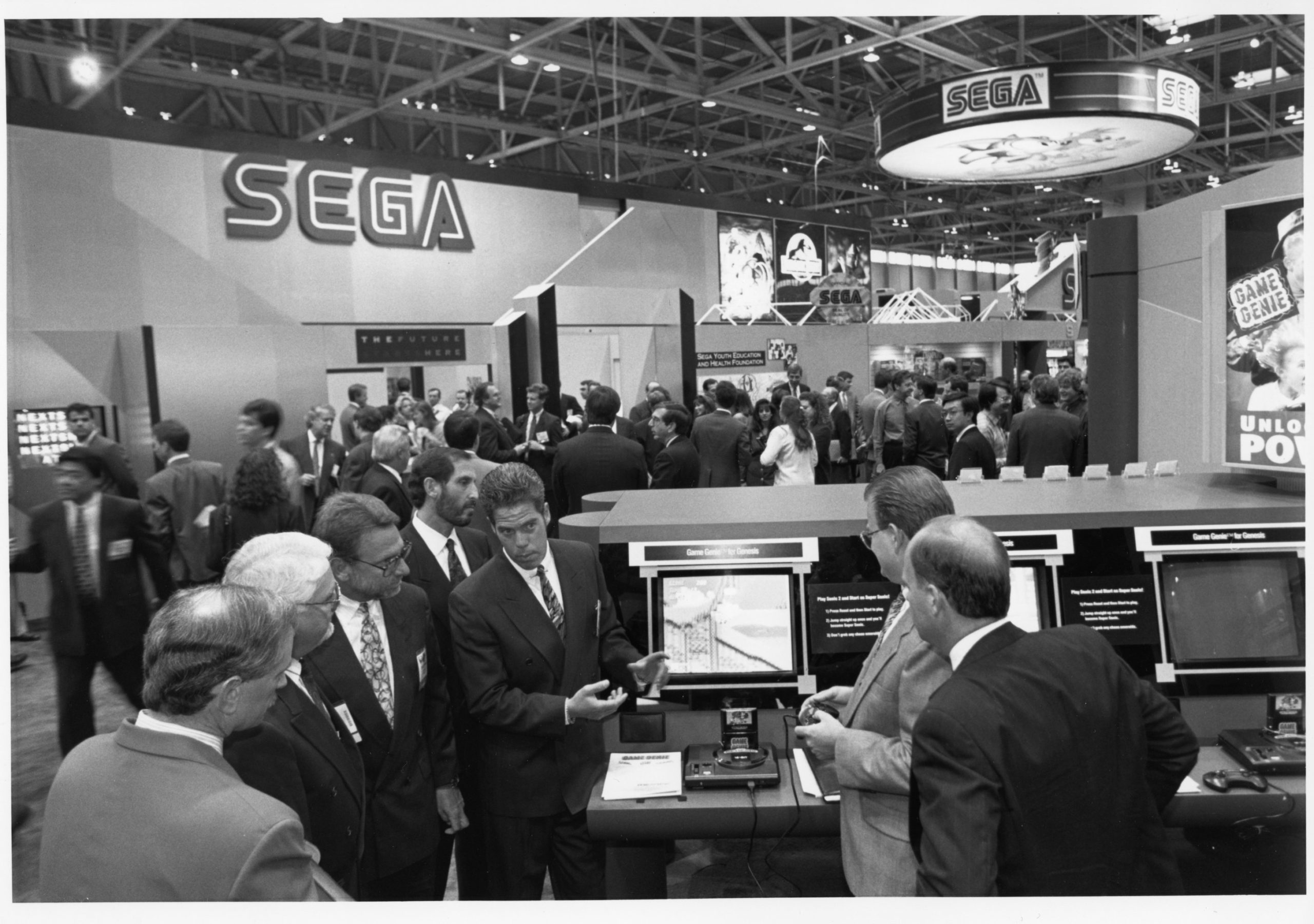
Simply put, the video game industry was nothing more than a modern, pixelated version of the Wild West. There were no rules, no code of ethics, and absolutely no law, except for Nintendo’s attempt to appoint themselves sheriff. Consequently, Kalinske was in a position to implement his own laws. And today, in front of these unimpressed gentlemen, that was exactly what he planned to do.
Kalinske had trekked to Japan to deliver his “Four-Point Plan,” a bold vision that he hoped would turn video games into an acceptable, cool, mainstream activity. If Nintendo fancied themselves as makers of the ultimate toy, well, then let them have their children. Sega was ready to scoop up everybody else; the hardcore gamers who demanded only the best, the teenagers who were always looking for new ways to procrastinate, and even Nintendo’s precious children when they were a few years older and ready for something more sophisticated.
So instead of standing in front of the board of directors with a saccharine smile, appeasing eyes, a double thumbs-up, and an assurance that he’d keep on course, he’d showed up with a proposal that he believed would either flip the gaming landscape upside down or blow it up in spectacular fashion. “I hope that my suggestions, observations, and criticisms do not offend you, but are accepted in the spirit in which they are intended,” Kalinske began. “We all want what’s best for Sega, and I truly believe that over the next few years, we can go from wanting the best to being the best.” He had organised his thoughts about how to reach that next level into four easily understandable areas of attack, beginning with the most controversial:
1. Games: When customers purchased a Sega Genesis, it currently came bundled with the game Altered Beast. That had to stop. Yes, it was a popular arcade game, but like most arcade games, it was too short, too repetitive, and too unsophisticated when played at home with limitless time. Plus, middle America had complained that the name Altered Beast sounded like devil worship. This was all completely unacceptable. Sega had to put their best foot forward and bundle with its consoles the game that absolutely, positively would differentiate them from Nintendo: Sonic The Hedgehog. Giving away their best game for free would cost the company tens of millions, but it should be considered an investment that would help them make hundreds of millions down the line.
2. Price: As he had mentioned to Trip Hawkins, Kalinske believed in the Gillette philosophy of giving away the razors in order to sell the blades. And with over thirty million American homes owning the NES, Sega had to be willing to take a loss on sales of the Genesis hardware just to get it through the door. Once they had established an installed base, then they’d start making back their money by selling games. Not only that, but a lower retail price for the Genesis — $US149, down from $US189 — would make Nintendo’s 16-bit console, whenever they introduced it, appear to be that much more expensive.
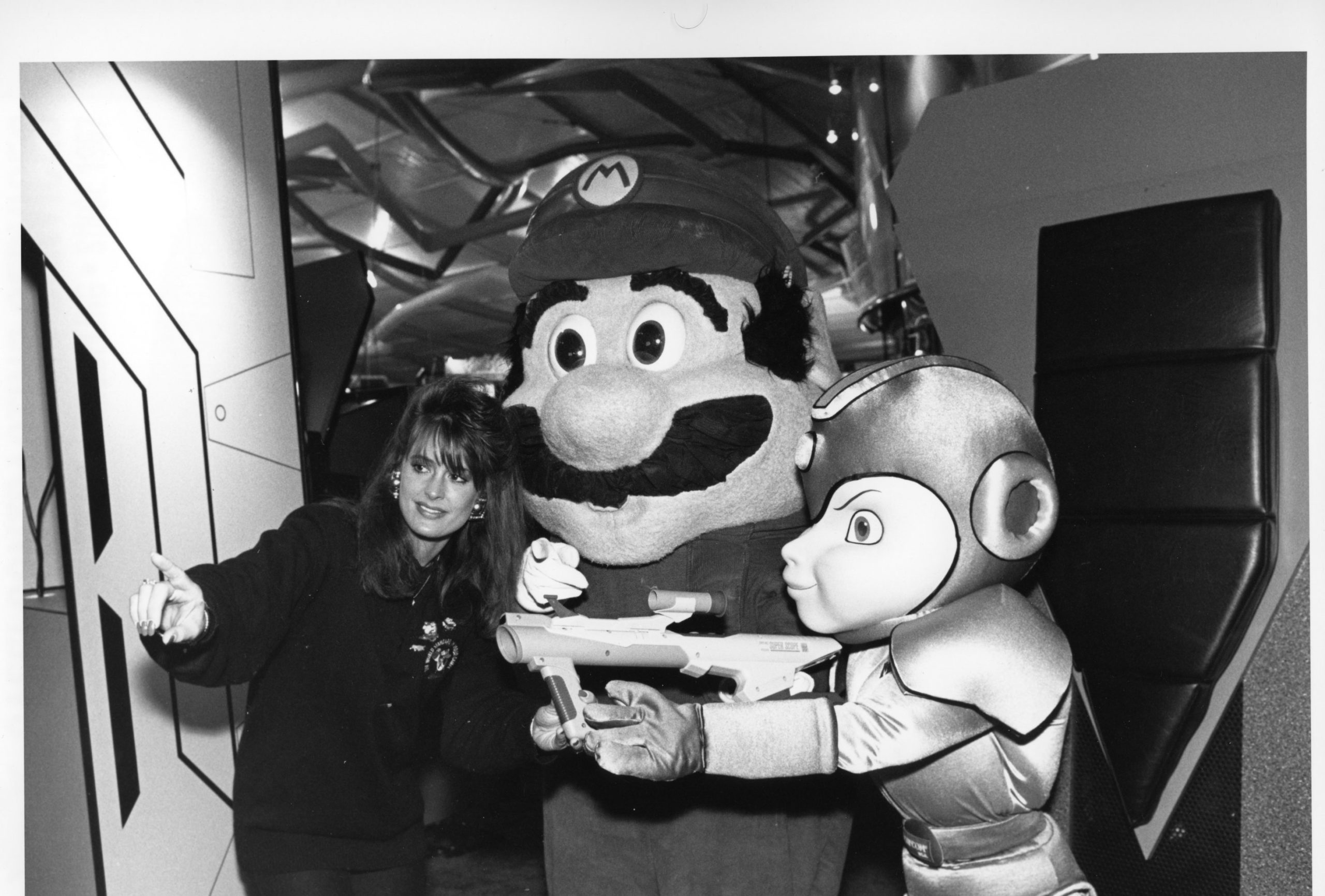
3. Marketing: Let Nintendo have the kids. Kalinske wanted everyone else, and he aimed to let them know they were wanted. Sega needed to redefine itself as hip, cool, and in-your-face. Doing so would not only speak to older generations but present video games as a mainstream form of entertainment, no different from books, movies, and music. Toward that end, Kalinske proposed to increase Sega’s advertising budget and create edgy advertisements that mocked Nintendo and appealed to teens and college students rather than younger kids.
4. Development: Sega of Japan developed great games, but many of those great games tended to have a particularly Asian appeal. Unsurprisingly, their Japanese brethren at Nintendo had a similar tendency. If Sega wanted to plant their flag in America, they needed to make games for that specific demographic. And SOJ needed to accept SOA’s input on how to alter Japanese titles for the American audience, similar to how they had revised Sonic The Hedgehog. To do this, Kalinske wanted to expand Sega of America’s product development budget and staff.
When Kalinske finished, he inspected the faces of the board members. Their expressions suggested that they were even more unimpressed than they had been before. Any hints of friendliness had now been replaced by shock, confusion, and rage. And moments later, a barrage of angry questions, comments, and concerns flooded the room.
Toyoda nimbly worked to translate the ruckus as Kalinske tried to address their worries one by one. Eventually, however, there were too many criticisms, and Toyoda couldn’t keep up with the chorus of condemnation.
“You’d think with the law of averages,” Kalinske said to Toyoda in an aside, “that at least one of them would have something nice to say.”
“That guy over there called you a ‘tall handsome American,’” Toyoda replied.
“Oh, yeah? And was that all he had to say about me?”
“No comment.”
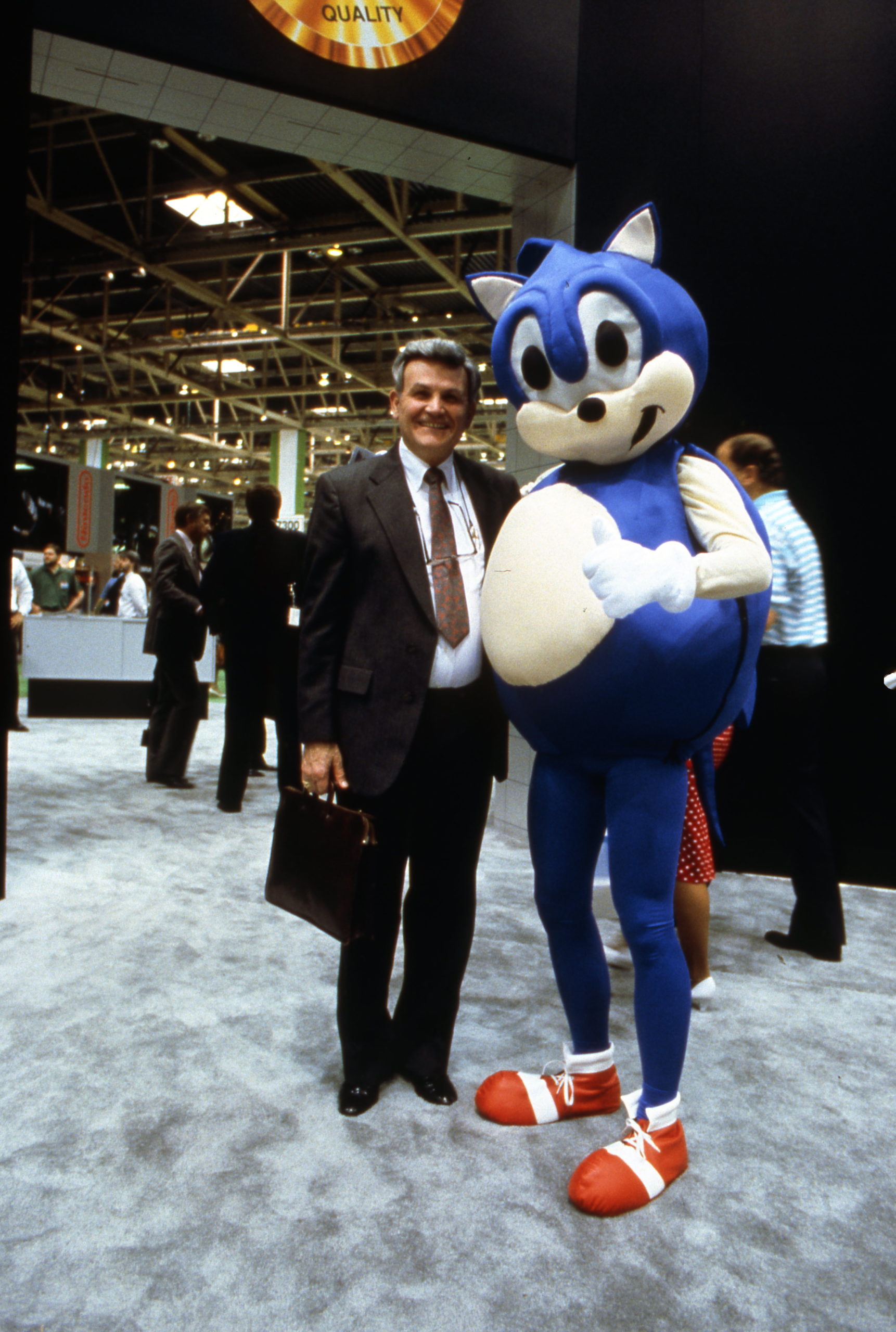
Kalinske could hardly believe what he was seeing. These people didn’t just disagree with what he had said; his suggestions had actually provoked them to abandon rationality and reply with fury. Somehow he had struck a nerve. And while it is never a good idea to aim at the Achilles’ heel of someone you’re doing business with, Kalinske knew it was an especially terrible idea to do so in Japanese culture, where form, respect, and honour are valued above all else.
Suddenly Kalinske felt like the walls were closing in around him, and he experienced a powerful sense of déjà vu. It was happening again. Just like at Mattel, where he had given that company the best years of his life and assumed that he would be there forever, until suddenly he wasn’t.
He still had trouble making sense of what had happened at Mattel. Everything had been going so well there. His job was his life, and he loved it that way, because at Mattel he was the best version of himself. In 1981, after a decade of rising through the ranks, he was rewarded for his enormous contributions and named president of the Toy Division. He felt like he had reached the pinnacle of his career, and considered it an honour to spend the rest of his life selling the magic of toys to kids around the world.
The promotion enabled him to control most aspects of the production, distribution, and marketing of toys — most, but not all. Ultimately, because Mattel was a public company, the board of directors had the final word. And if there was one thing the board members cared about — more than growth, money, or making great products — it was being right. Knowing this, Kalinske tried his best to agree with the board, but that wasn’t always possible, especially with the new path he envisioned for Mattel.
In the early 1980s, “conglomeration” was the business world’s buzzword du jour. It was no longer enough for a company to excel at what they had been doing; now they had to buy up stakes in unrelated companies and manage those as well. The benefits of entering into unfamiliar industries were said to be diversification, tax breaks, and the possibility of synergy. Kalinske, however, knew the real reason: power. He could see this in Mattel’s board whenever it announced new acquisitions, ranging from the understandable (Ringling Bros. Circus and Western Publishing) to the absurd (Turco Steel and Metaframe Pet Supply). Though Kalinske tended to disagree with this type of corporate expansion, he voiced his doubts to the board only when investment in these new businesses came at the expense of what had gotten Mattel to this point: toys. Whenever he objected, his dissent was noted and not forgotten. The board of directors had the final word, and there were always ways for them to silently retaliate.
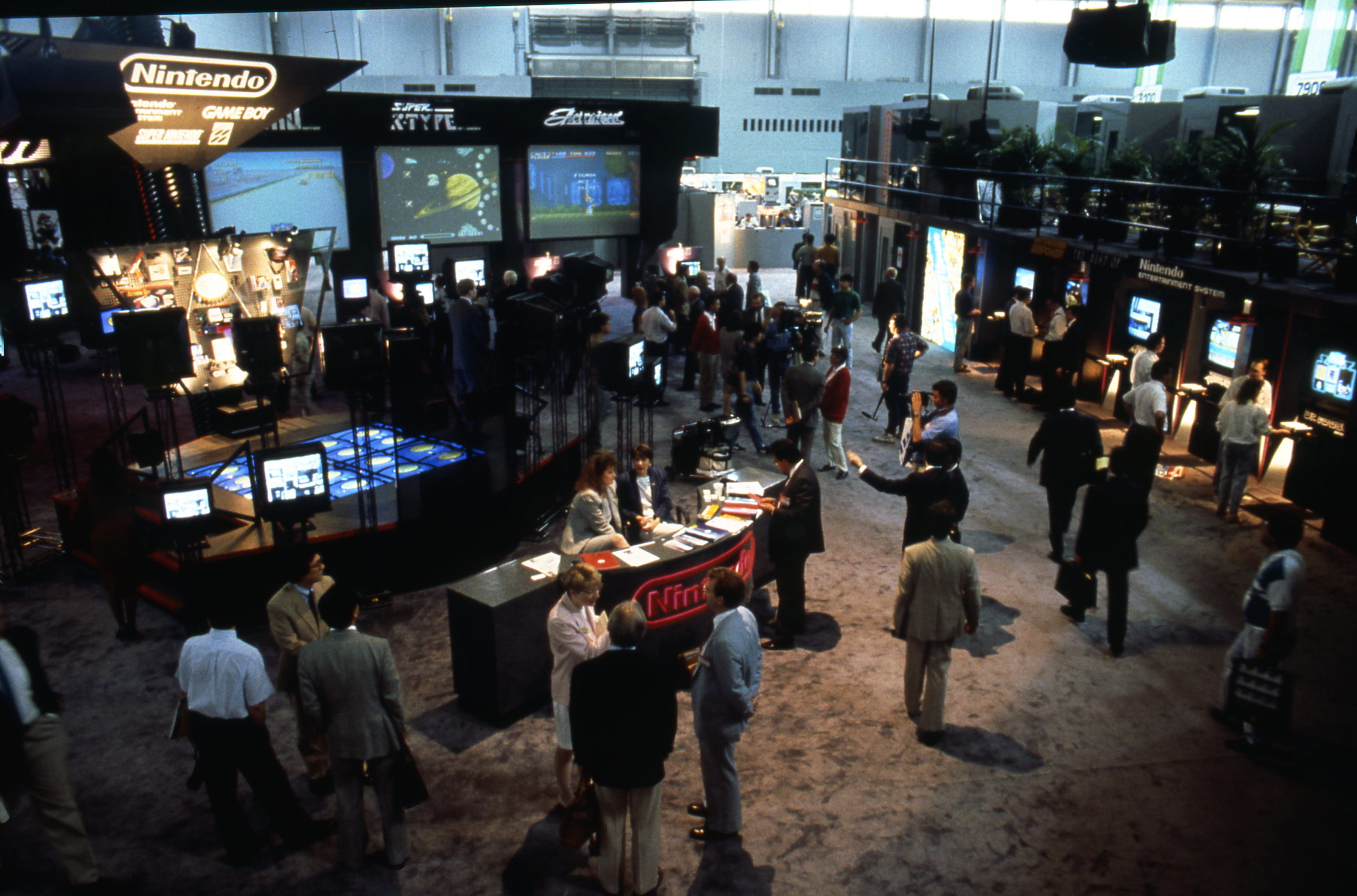
By 1983 the board’s trigger-happy acquisition strategy, coupled with major losses due to the video game crash, had led Mattel to the brink of bankruptcy. Miraculously, the company managed to survive — with the last-minute help of junk bond guru Michael Milken. He raised enough money to keep Mattel afloat while simultaneously making the company leaner by selling off its recent, unrelated acquisitions. In the face of failure, the board’s power weakened and some members were let go, but those who remained were not happy to have been proven wrong. Nevertheless, they were in no position to retaliate, since they needed Kalinske’s help to rebuild the company. Two years later, as Mattel flourished, the board of directors rewarded Kalinske’s strong stewardship by offering him the position of CEO. He didn’t particularly want the job, as it would pull him away from the Toy Division, but he interpreted the offer as an olive branch from the board of directors and accepted.
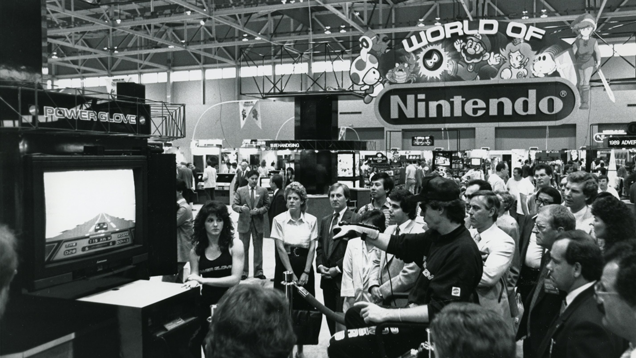
The relationship briefly worked well until Kalinske made a jarring discovery: in the years since Milken had restructured the company, interest rates had dropped by half but Mattel was still paying a much higher rate to its debt holders. He quickly realised what he perceived to be the reason: any change would require approval from the members of the board, many of whom were also the debt holders. Believing this to be a conflict of interest, Kalinske requested this matter be voted on, but only by independent board members who did not hold any of Mattel’s debt. Naturally, his resolution passed, but it also fostered anger among many of the board members.
The directors were still not strong enough to replace Kalinske, but they were powerful (and clever) enough to point out that he was only thirty-eight and surely would benefit from having some leadership assistance. So they brought in John Amerman, the fifty-three-year-old head of Mattel’s International Division, to become his co-CEO until Kalinske had matured enough to handle the post alone. Unsurprisingly, that never came to pass. In truth, Kalinske and Amerman got along fine, but the perception was that battle lines had been drawn, and the internal politics between Kalinske and the board spilled into every division of the company, with employees feeling obliged to take sides. Eventually the perceived turmoil fractured the company and caused it to grind to a halt. Kalinske stepped down, ceding the position to his “older and wiser” co-CEO.
Following the unceremonious end to his tenure, the board tried to keep Kalinske with Mattel by offering him the COO position. But this time he declined, sick of playing politics and believing that there had to be something better out there. Now, years later, he was in front of an equally angry board of directors, having foolishly believed that Nakayama had offered him that something better.
As the grumbling from Sega’s board continued to mount, Kalinske resorted to what he did best: speaking. Foolish as it may have been, he continued to plead his case. “It sounds crazy, I know, but these are the type of calculated risks that Sega needs to take. Please, just trust me. Aren’t you sick and tired of being bested by Nintendo?”
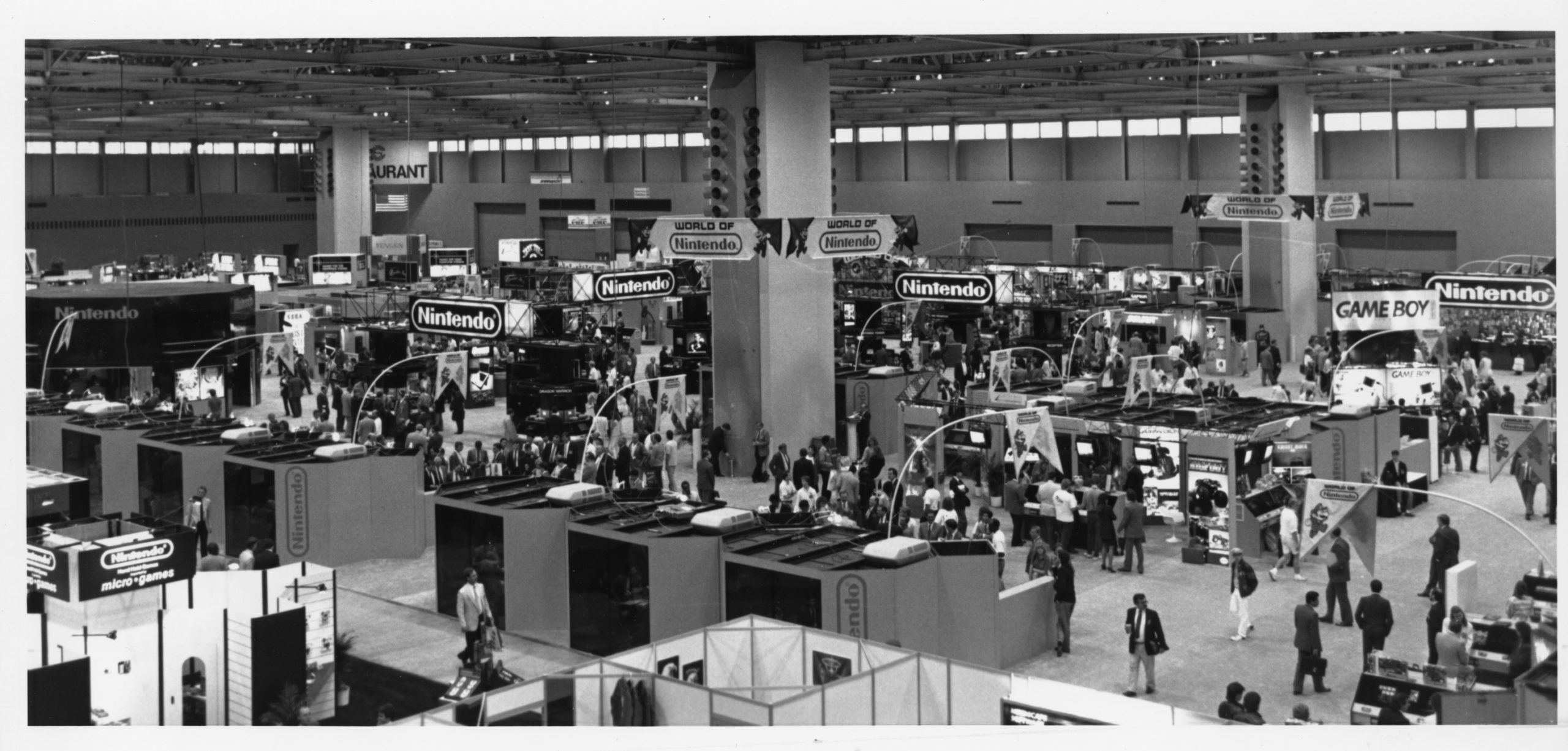
It was clear that this comment had struck another nerve. Kalinske turned to Nakayama, who looked almost pleased. Had this been Nakayama’s plan all along? Had he hired Kalinske purely for the amusement of watching him fail? Had the entire thing — the wooing in Hawaii, the red-carpet treatment in Japan, the promise of autonomy in San Francisco — all been part of some carefully orchestrated charade by Nakayama to get revenge for something years ago that Kalinske either had never known about, or no longer remembered? These thoughts hit him harder than any of the gripes from the board did. A few months ago he’d had no interest in this job, but now it was the only thing that mattered to him. It was his last chance to make his family proud, to prove that he was as successful as he’d always believed he had been.
Nakayama angrily pounded his fist on the table, silencing the room. He stood up sharply, shook his head, and locked eyes with Kalinske. Nakayama opened his mouth to rule on this matter, and as he did a sly smile graced his face. “Tom, no one agrees with anything you’re saying. In fact, everyone in here thinks you are nuts.” Nakayama took a deep breath. “But this is why I hired you. You may go ahead with the plan.”
For a moment, Kalinske’s eyes showed disbelief. Then his lips curled into a thin, almost imperceptible smile. “Thank you, Nakayama-san.”
Nakayama nodded. Then all the emotion seemed to vanish suddenly from his face. “Now, whatever you do, don’t mess up,” he said, and promptly exited, leaving behind eighteen furious Japanese men, a dazed translator, and one tall, handsome American who was now officially allowed to shake things up.
And the timing of this could not have been better, as Nintendo was about to release their most deadly weapon yet.

Pick up a copy of Console Wars here to learn what happens next. SPOILER ALERT: I don’t think things turned out that well for SEGA…
Blake J. Harris is a writer and filmmaker based out of New York. He is currently co-directing the documentary based on his book, which is being produced by Scott Rudin, Seth Rogen, and Evan Goldberg. He will also serve as an executive producer on Sony’s feature-film adaptation of Console Wars. You can find him on Twitter at @blakejharrisNYC.
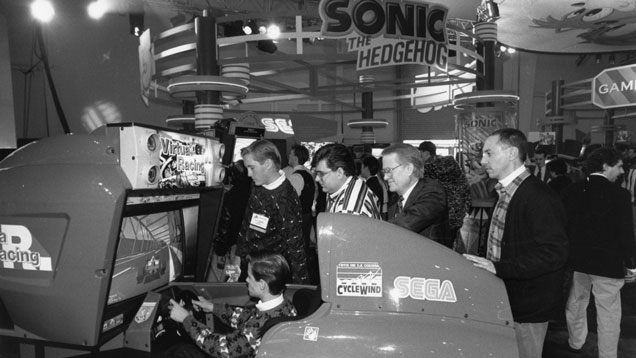
Comments
13 responses to “How Sega Planned To Crush Nintendo, 24 Years Ago”
That went well for them…
It actually did, they garnered quite a reasonable level of market share and became one of the world’s most recognisable companies.
This was quite a few years before the Saturn and Dreamcast problems.
It also dealt Nintendo a death blow. It didn’t put them out of business on the spot but if/when Nintendo ever do fall it will be because of the movement started by SEGA back then. Sony ran with it for the N64 vs PlayStation competition, which set the stage for the PS2’s total domination of the generation and basically ended Nintendo’s ability to sell a full spec console outside of Japan.
Even today the most consistent complaint about Nintendo is that they’re for kids. They’ve always embraced it to a degree but the SNES vs Genesis really forced Nintendo to commit to one side. They could have either got into a pissing contest rushing to put out gimmicky ‘mature’ games, or they could stay the course releasing high quality games that are accessible to all audiences, thus cementing themselves as the kids console.
The funny part being that everything SEGA did back then is now viewed as extremely lame, Sonic and the whole ‘games with attitude‘ thing are as embarrassing as photos of you trying to look cool when you were 7, while Nintendo’s games from that era are now considered timeless classics.
Crazy to think that Hayao Nakayama pretty much changed the course of video gaming history that day by being smart enough to be open to criticism. It may not have worked out for them but they took a swing that shook things up. They may have survived, or even thrived without Tom Kalinske’s changes, SEGA had a lot of fatal issues that seem to stem from his idea of increasing SEGA of America’s influence, but I think we’d be looking at a very different state of modern gaming if Nakayama hadn’t supported Kalinske here.
Awesome. will this be available as a retail book in AU ? and i only had to click submit like 16 times for this comment to go through…
http://www.bookdepository.com/Console-Wars-Blake-Harris/9780062276698
Wait Sega lost the console war?
Wait, Sega had a console?
What is a Sega?
The funniest part is how Sony essentially used the same marketing blueprint when the PS1 dominated the Saturn.
Marketing in clubs, to young adults and college students instead of the early-teen market.
Of course there’s always plenty of other factors which decide a console “war”, but that was a big one.
I think no matter how well the Saturn/ Dreamcast had have performed Sega was always doomed. The things they did best (arcade games) died off, and once home consoles got past the point where they could be marketed as “an arcade in your lounge room” they were always likely to collapse.
They should make Shenmue III.
(As an aside, I’ve been having the same problem as @rethilgore with my comments not posting the past few days. Is Kotaku being hosted by Ubisoft’s Trials server or something?)
The funniest part is how Sony essentially used the same marketing blueprint when the PS1 dominated the Saturn.
Marketing in clubs, to young adults and college students instead of the early-teen market.
Of course there’s always plenty of other factors which decide a console “war”, but that was a big one.
I think no matter how well the Saturn/ Dreamcast had have performed Sega was always doomed. The things they did best (arcade games) died off, and once home consoles got past the point where they could be marketed as “an arcade in your lounge room” they were always likely to collapse.
They should make Shenmue III.
(As an aside, I’ve been having the same problem as @rethilgore with my comments not posting the past few days. Is Kotaku being hosted by Ubisoft’s Trials server or something?)
Oh god. That Sonic costume. I will never be able to sleep again.
That Mega Man Costume. it looks like he has a freaking muzzle.
After reading that segment, I really must have this book paperback!
I always had the heated Sega VS Nintendo arguments that would last days in school, this sounds like incredible background info to those memories.